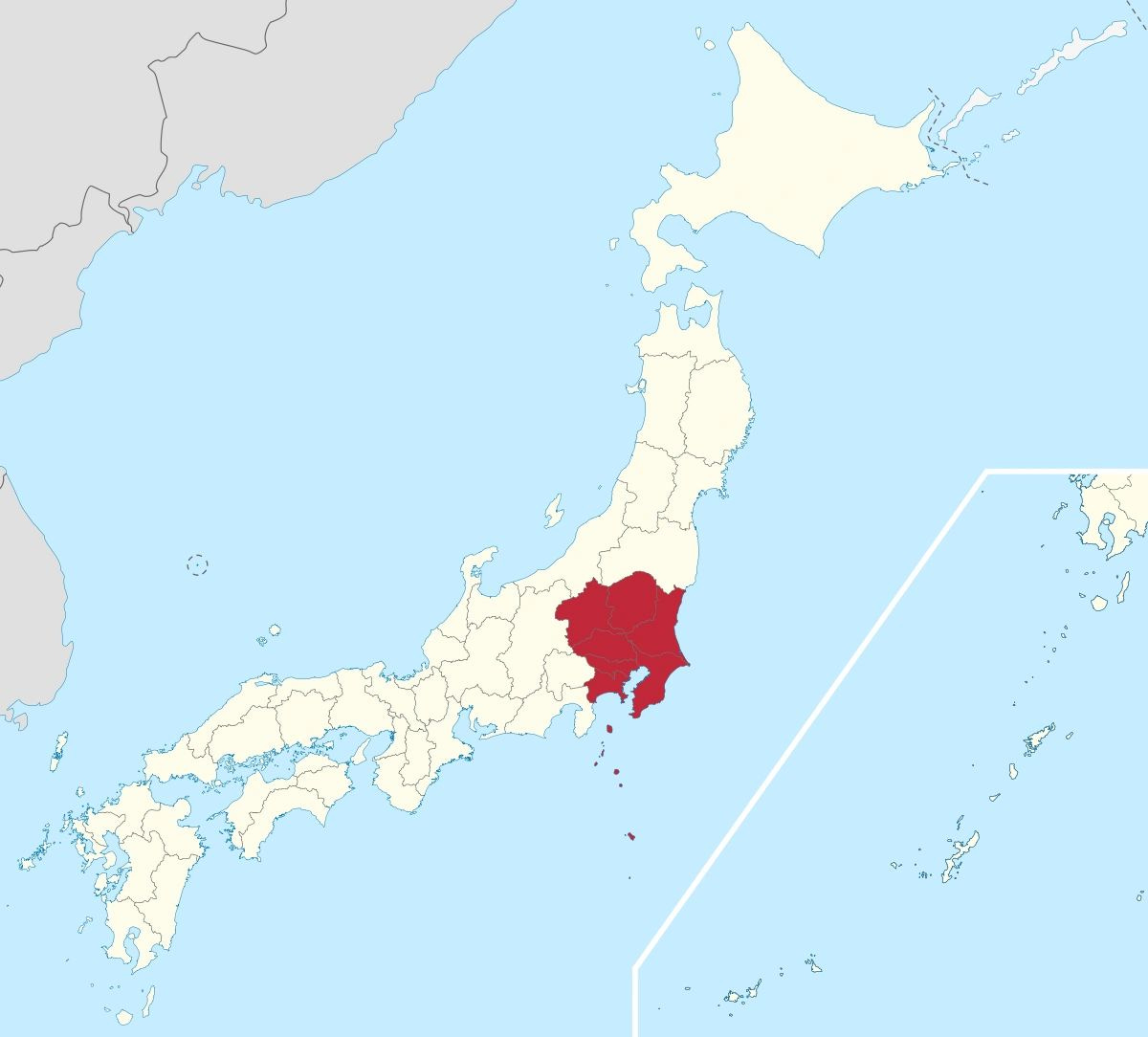In the last post, I started expounding about my Shōgun inspired geneology quest. It's a profound experience I've been having of feeling almost like my ancestors are speaking through me. Or just understanding my part in a larger legacy that had been lost to me through geographical, linguistic, and cultural barriers. The show connected a number of dots for me that started to bring these missing pieces into my awareness. Ever since, I've been having so many serendipitous full circle moments. The elegance of these moments reveals a tapestry that's truly beyond my own experience. And yet, they are clues which seem strikingly relevant to my life in the here and now.
The Kantō Plain might be an example. The Kantō was referenced throughout Shōgun as the region of Japan ruled by the character, Yoshii Toranaga. This character was inspired by the real life Shōgun, Tokugawa Ieyasu.
The Kantō Plain includes the lowlands surrounding Edo (now Tokyo). This the region of Japan best suited for agriculture. In the feudal era, it was known for being the most prolific land for rice production.
The story starts to connect to my own family history here. My ancestors were at that time land owners in this region. My father told me when I was younger that at one time the family owned all the land that is present day Shibukawa and Maebashi in the Gunma Prefecture. My family name, Sawada, translates to 'swampy rice field'.
What's more interesting is that the rice wealth from this region turned out to be the secret weapon that enabled Tokugawa Ieyasu to be victorious in the Battle of Sekigahara. This NHK documentary tells the story more visually. It's an interesting overview that's worth watching. History remembers the warriors, but the real hero of the Battle of Sekigahara was rice!
At that time, rice was a valuable asset. In fact, it was the foundation for the economy. The yen did not yet exist. The currency at that time was the koku. This was a measure of rice (considered enough to feed one person for one year). Rice was the currency! In fact, the daimyo (land owning vassals of the Tokugawa Shogunate) were ranked according to the volume of rice they produced. A landowner needed to produce at least 10,000 koku/year to even be considered a daimyo. The higher rice producing daimyos were more highly ranked within the Shogunate.
Given that the land my family owned was in prime rice growing territory, one can only presume that they would have been ranked accordingly. I know that my family was very wealthy until World War II when (I am told) everybody lost everything. My mom was one of the older siblings in her family (born before the war). According to my cousin, she had her own maid at that time.
Even today, the Sawada name is a common name throughout Japan. So it's clear that even if the Sawada Clan did not retain political power and influence over time, they fed a lot of mouths. History is preoccupied with political power and military prowess. Yet, the Sawada Clan left behind a legacy that remains to this day.
What's really fascinating to me as an individual now is that I work in the food business as well. I didn't know all of these details about my family until recently. And in fact, I didn't start out in the food business. I started my career in biotech. For some unexplained reason that really nobody at the time could comprehend, I felt a strong gut instinct to change fields when I was in my twenties. Nobody (and especially not my mother) could understand why I would want to do this. It really didn't make sense at the time.
So it's particularly vexing now to find how all of my work is now connecting back to a larger family legacy which I was wholly unaware of at the time!
This is a much longer story which deserves it's own post. To be continued...








